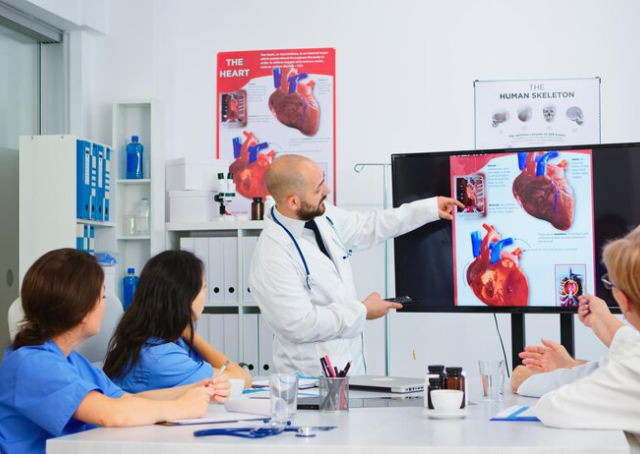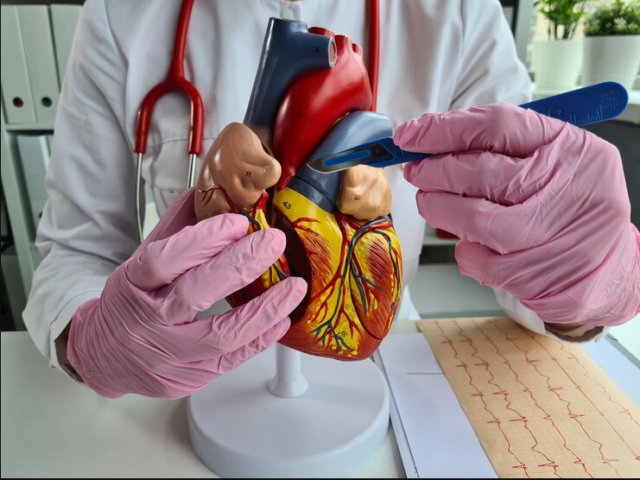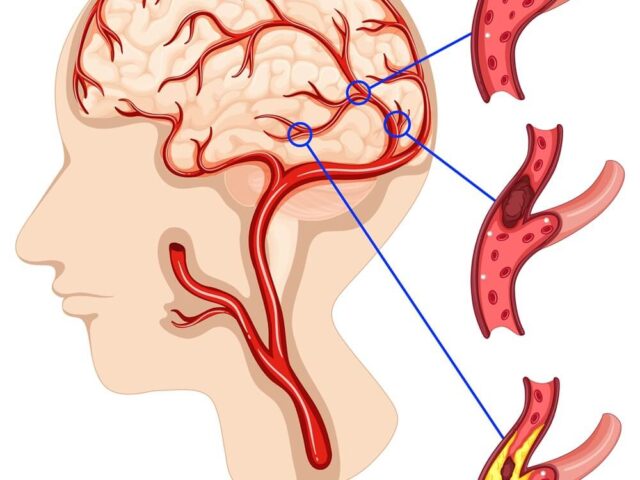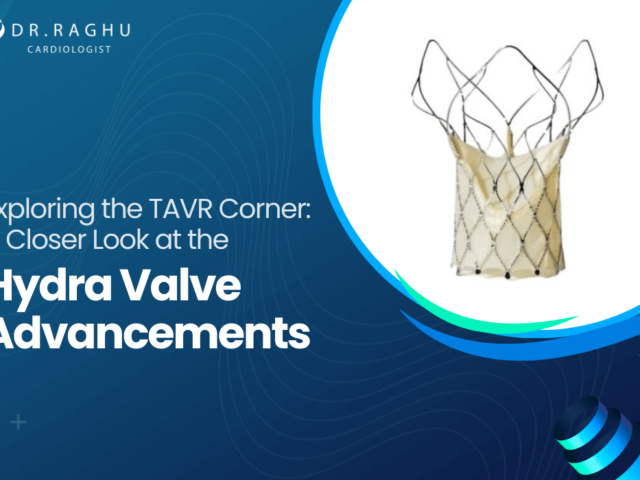Venous Insufficiency: When Circulation Hits a Roadblock
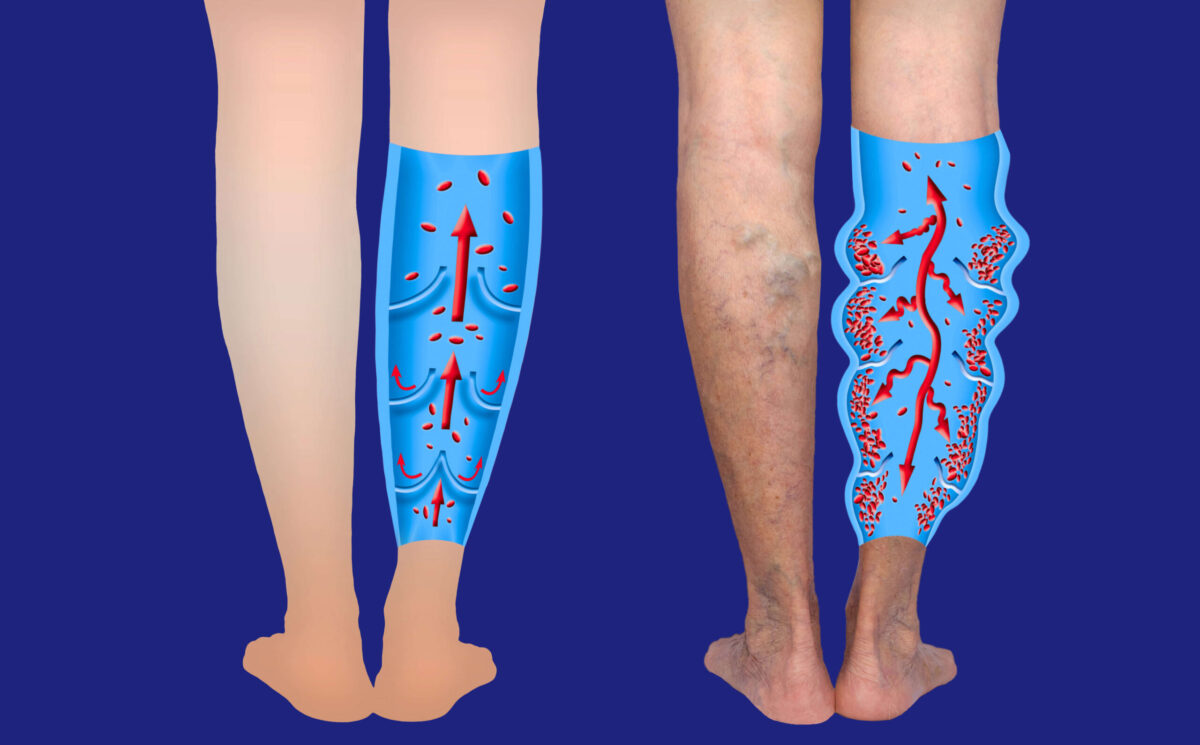

The circulatory system, a complex highway of veins and arteries, is the lifeblood of our bodies, transporting oxygen, nutrients, and waste products. But like any highway, it can encounter roadblocks like venous insufficiency. Between atherosclerosis and peripheral artery disease, venous insufficiency isn’t as widely discussed. However, it can cause several complications if left untreated.
In this article, we will take a closer look at the causes, symptoms, and treatment options of venous insufficiency.
Venous Insufficiency: An Overview
Venous insufficiency, or chronic venous insufficiency (CVI), is a condition where the veins stumble in their duty to return deoxygenated blood from the legs to the heart. The culprits here are damaged or weakened valves within the veins. When these valves don’t work as they should, blood can gather in the legs, leading to a range of discomforting and potentially life-threatening symptoms.
What Causes Venous Insufficiency?
Common causes of venous insufficiency include the following:
- Deep Vein Thrombosis (DVT): This is a condition in which blood clots form in the deep veins of your legs, damaging the valves.
- Varicose Veins: When the valves in superficial veins become weak, blood can flow backward and pool in the legs, causing varicose veins. If left untreated, it can progress to venous insufficiency.
- Being overweight or obese: Excess body weight overworks the veins in your legs and affects their efficiency.
- Sitting or standing for too long: If your job or lifestyle involves prolonged periods of standing or sitting, it can restrict blood circulation.
- Age: As the years go by, our veins lose their youthful elasticity and may become less proficient at returning blood to the heart.
- Pregnancy: The road to motherhood can put extra pressure on your veins, and hormonal changes can twist and turn vein walls further.
- Genetics: If venous insufficiency runs in your family, it could be in your genes, exacerbating your risk.
The Symptoms of Venous Insufficiency
Common symptoms of venous insufficiency include swelling, pain, ulcers, and changes in your skin. It’s time for us to discuss these in detail.
Edema, or swelling of the legs and ankles, is one of the most characteristic symptoms. It is often particularly noticeable at the end of the day or after sitting or standing for a long time. Aches and cramps in the legs, especially when you’ve been inactive for too long, are another telltale sign of the condition.
Furthermore, over time, the skin around the problematic veins may take on an unusual brownish or reddish hue, potentially indicating a problem with blood circulation.
In the most severe cases, skin ulcers can appear, often around the ankles, and they can be both painful and slow to heal.
Diagnosing Venous Insufficiency
If you’ve been experiencing any of the symptoms of chronic venous insufficiency, consider seeing a doctor. They’ll guide you through the diagnostic journey, which may include several tests to take a closer look at your circulatory system.
Here’s how a doctor will likely diagnose the condition:
- Physical examination: They will assess your symptoms and examine your legs for signs of swelling, varicose veins, or discoloration.
- Doppler ultrasound: This non-invasive test uses sound waves to create images of your veins, helping identify valve dysfunction and blood flow issues.
- Venous duplex ultrasound: This advanced imaging technique combines traditional ultrasound with Doppler ultrasound to provide a more detailed view of the veins.
- Venography: In rare cases, your doctor may recommend a veinography. It involves injecting a contrast dye into the veins and taking X-ray images to detect abnormalities.
These tests help your doctor assess the extent of damage and identify the right plan of action for treatment.
Plotting Your Course: Treatment Options
The management of venous insufficiency often involves a combination of lifestyle changes, conservative treatments, and, in more severe cases, medical procedures. Common treatment options include:
- Compression Stockings: These specially designed stockings help improve blood flow by applying gentle pressure on the legs.
- Elevating the Legs: Elevating your legs above heart level when possible can help reduce swelling and alleviate discomfort.
- Exercise: Regular physical activity, such as walking or swimming, can promote better circulation and strengthen the leg muscles.
- Medications: Doctors may prescribe medications to improve blood flow, reduce inflammation, or prevent blood clots.
- Endovenous Laser Treatment (EVLT): A minimally invasive procedure, EVLT uses laser energy to close off damaged veins.
- Sclerotherapy: In this procedure, a special solution is injected into the affected veins, causing them to collapse and gradually disappear.
- Vein Surgery: In severe cases, surgical interventions may be necessary to repair or remove damaged veins.
Conclusion: Navigating the Road to Recovery
Venous insufficiency can be a challenging detour on the journey of life. But with early recognition of the signs and a roadmap for treatment, you can find your way back to healthier circulation. If you suspect you’re on this road, don’t hesitate to consult a healthcare professional for a personalized treatment plan. Your legs and your overall well-being will thank you for the guidance.
Dr. C Raghu is a renowned cardiologist in Hyderabad and India. He has helped countless patients with heart disease live longer lives. If you or anyone you know has been diagnosed with venous insufficiency and is looking for a heart specialist in Hyderabad, feel free to reach out to Dr. Raghu today.
Book Online Consultaion
Venous Insufficiency: When Circulation Hits a Roadblock
Subscribe the Hearty Life Blogs

DR. RAGHU | Best Cardiologist in Hyderabad
Cardiology Coronary, Vascular and
Structural Interventions
Conditions & Diseases
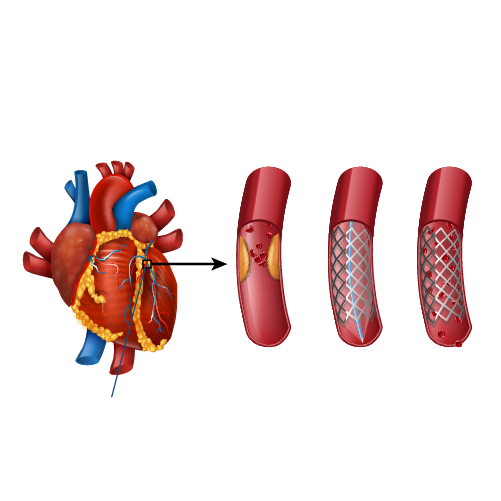
Angioplasty

Aortic Stenosis
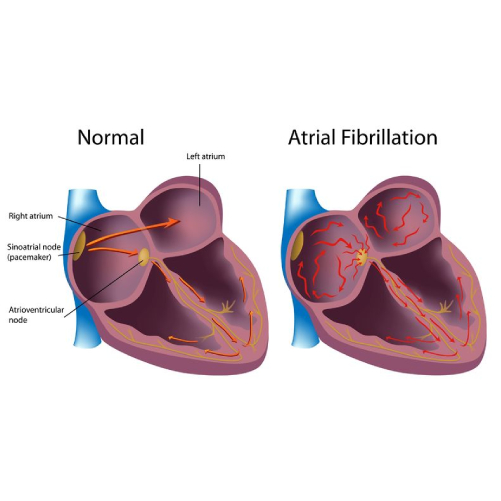
Atrial Fibrillation


